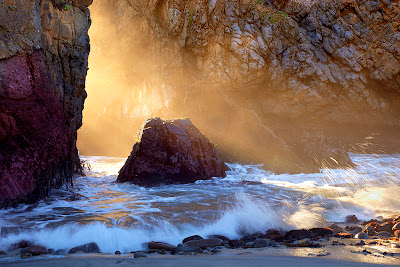When you are a photograph, you never want to stop improving your skills. The best way to improve is to learn new tips and techniques for they way you take photos. There are many things to learn about this discipline if one wishes to avoid a lifetime of missed shots or poorly framed pictures.
Use digital techniques to create photographs that resemble oil paintings, watercolors, graphic pencil sketches and more. There are many different types of software programs that will make it quite simple for you to alter the look of the photos; Adobe Photoshop is considered to be an industry standard program. You can transform your photos into works of art by using features like “filter”.
Experiment with new ways to use your camera, and take some original pictures. A good photograph should develop a personal style and show the world through a certain point of view. Try to avoid the style of photos that you may have seen many times before. Try new, unique angles, and be creative.
When you are prepared to take your photography to the next level, invest in a dSLR camera. This is a digital single-lens reflex camera, which provides the best method for seeing your subject immediately as the photo is taken. Look for a DSLR that is full frame, as this provides the largest image sensor, and therefore yields the most detailed images.
Your arms should be positioned close to the body when you hold the camera, and your hands should be on both the bottom and the sides to keep the camera steady. Doing this minimizes the blurry shaking sometimes seen in photos. Having your hands and arms placed like this also reduces the chances that you will get bumped or drop the camera.
Often during a landscape shot, photographers will focus on the background, However, the foreground is what critics and viewers alike will focus on. Consider a natural frame in the foreground of the photo so that a perception of depth is achieved.
And the tips just keep on coming! Learn as much as you can about the speeds your shutter has. You should see letters on your camera: P, M, A and S. The “P” setting represents the program mode. This “P” setting automatically controls shutter and aperture when you shoot. If you are less than professional, this is often the best setting.
Use care when packing your photography equipment in trip preparation. Take as many lenses as you think you will need, and do not forget to take extra batteries and cleaning accessories. Don’t forget to keep in mind any limitations you have regarding space, and do not pack more equipment than you think you will need.
While you are traveling, photograph memorable souvenirs that you have purchased on-the-go. Having the back-story on these things, such as where they were purchased or obtained, brings new depth to the items photographed. You can tell the story about your souvenirs from the pictures and enjoy the memories once again from home.
Apply one of the valuable rules of photo composition by understanding “less is more” in terms of the amount of detail you include in your photos. Avoid cluttering the composition of your shots with unnecessary elements. Simple is elegant and artistic.
You should now be aware that making your photographic skills better is not as hard as you may have thought. It simply requires knowledge, practice, and continual attempts to refine your skills. The effort you put in will be apparent in the improved pictures you take.








